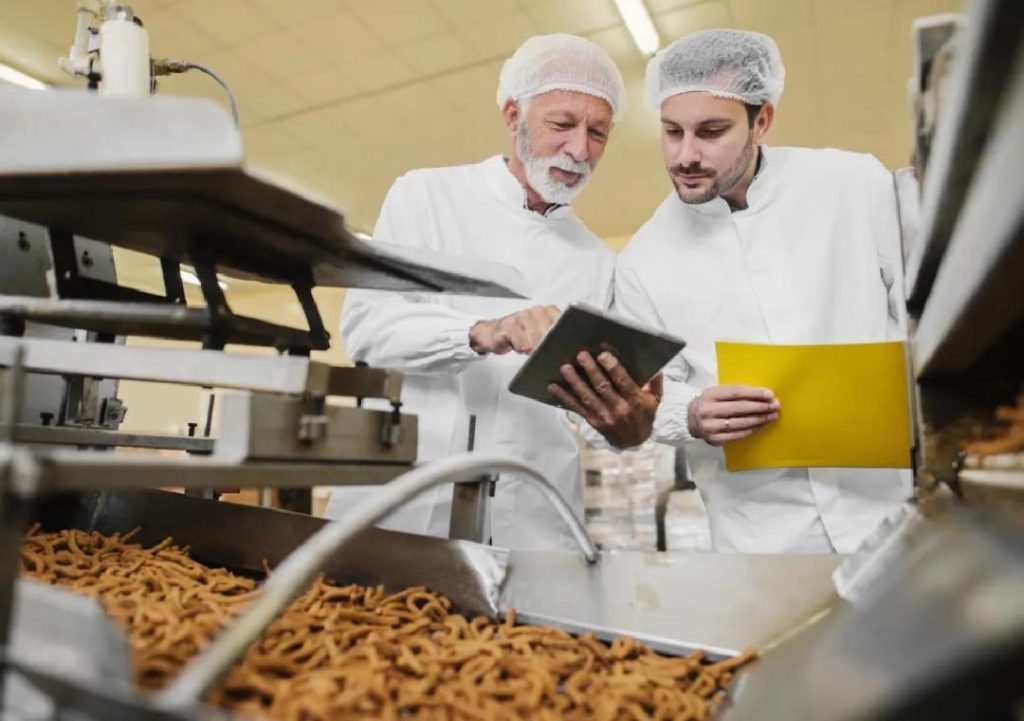
Can P&L Optimisation Redefine Success in Food Technology?
The food technology industry is witnessing a significant shift towards P&L (Profit and Loss) optimisation, a trend that is revolutionising the way companies operate and achieve success. By streamlining P&L operations with automation, smart inventory systems, and data analytics, food tech companies are cutting waste, sharpening demand forecasting, and supporting better decisions. This approach not only boosts margins but also ensures sustainable growth and competitiveness in the industry.
In today’s fast-paced and dynamic market, food technology businesses are under immense pressure to stay ahead of the curve. With rising competition, increasing consumer demands, and fluctuating raw material prices, it’s no wonder that companies are looking for ways to optimise their P&L operations. By leveraging the latest technologies and innovations, food tech companies can gain a competitive edge, reduce costs, and increase profitability.
The Challenges of P&L Optimisation in Food Technology
However, achieving P&L optimisation is not without its challenges. Food technology companies face unique obstacles, such as:
- Complex Supply Chains: The food industry is characterised by complex supply chains, involving multiple stakeholders, and intricate logistics. This makes it difficult to track inventory, manage costs, and predict demand.
- Variable Raw Materials: Raw material prices are notorious for their volatility, making it challenging to predict costs and maintain profitability.
- Regulatory Compliance: Food technology companies must adhere to strict regulations and standards, which can be time-consuming and costly to implement.
- Seasonal Fluctuations: Demand for food products often fluctuates seasonally, making it essential to adapt production levels and inventory management accordingly.
The Benefits of P&L Optimisation in Food Technology
Despite these challenges, P&L optimisation offers numerous benefits for food technology companies. By streamlining P&L operations, businesses can:
- Reduce Waste: Automation and data analytics can identify and eliminate waste, leading to significant cost savings and reduced environmental impact.
- Improve Demand Forecasting: Smart inventory systems and data analytics enable more accurate demand forecasting, reducing stockouts and overstocking.
- Enhance Decision-Making: Data-driven insights provide a clear understanding of production costs, allowing businesses to make informed decisions about pricing, production levels, and inventory management.
- Boost Margins: By reducing waste, improving demand forecasting, and making data-driven decisions, businesses can increase profitability and boost margins.
- Ensure Sustainable Growth: P&L optimisation enables food technology companies to adapt to changing market conditions, ensuring sustainable growth and competitiveness.
Real-World Examples of P&L Optimisation in Food Technology
Several food technology companies are already reaping the benefits of P&L optimisation. For instance:
- Food manufacturer, Kraft Heinz, has implemented a data-driven approach to optimise production and inventory management, resulting in significant cost savings and improved profitability.
- Meat processing company, JBS, has leveraged automation and data analytics to streamline production and reduce waste, improving efficiency and reducing environmental impact.
- Fresh produce company, Dole, has implemented a smart inventory system to better manage inventory levels and reduce waste, ensuring a more efficient supply chain.
Conclusion
In conclusion, P&L optimisation is a game-changer for food technology companies. By streamlining P&L operations with automation, smart inventory systems, and data analytics, businesses can cut waste, sharpen demand forecasting, and support better decisions. This approach not only boosts margins but also ensures sustainable growth and competitiveness in the industry. As the food technology industry continues to evolve, it’s essential for companies to adopt scalable models and leverage the latest technologies to stay ahead of the curve.
Source:
https://www.growthjockey.com/blogs/p-and-l-operations-in-food-tech






